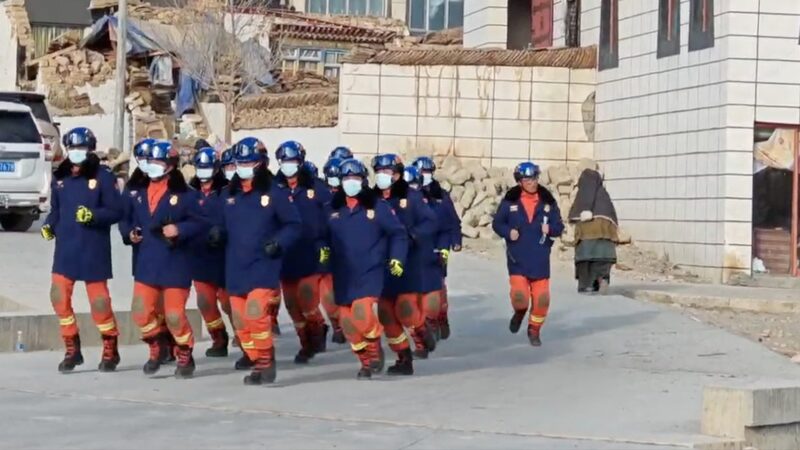In the rugged highlands of southwest China's Xizang Autonomous Region, resilience lights up the horizon 🏔️. Nearly two months after a 7.1-magnitude earthquake shook communities here, displaced families are moving into temporary shelters, schools are reopening, and the aroma of guthuk (Tibetan New Year soup) fills rebuilt homes. CGTN’s Yang Jinghao reports locals are blending tradition with tenacity as they celebrate Losar, the Tibetan New Year.
🔍 Recovery in Motion: Over 14,000 relief workers have repaired roads, restored power grids, and cleared debris. \"My children can finally study again,\" said Tenzin Dorje, a father of three in the hardest-hit county, where 90% of schools have resumed classes. Meanwhile, festive chang (barley wine) toasts echo through temporary settlements – proof that joy persists even amid challenges.
🎯 Government & Community Synergy: Authorities prioritized relocating residents from landslide-prone areas while distributing emergency funds. \"We’ve received blankets, food, and even solar-powered heaters,\" shared shopkeeper Lhamo Yangchen, whose reopened store buzzes with customers buying New Year decorations. Cultural preservation remains key: Monasteries damaged in the quake are being restored using traditional architectural methods.
💬 Voices of Hope: As butter lamps flicker in prayer halls, resilience shines brightest. \"Losar reminds us to let go of hardships,\" said 68-year-old Tashi, kneading dough for festive khapses (fried bread). With reconstruction accelerating, Xizang’s spirit – much like its snow-capped peaks – stands unbroken.
Reference(s):
Life in Xizang's disaster-hit region gradually returns to normal
cgtn.com


